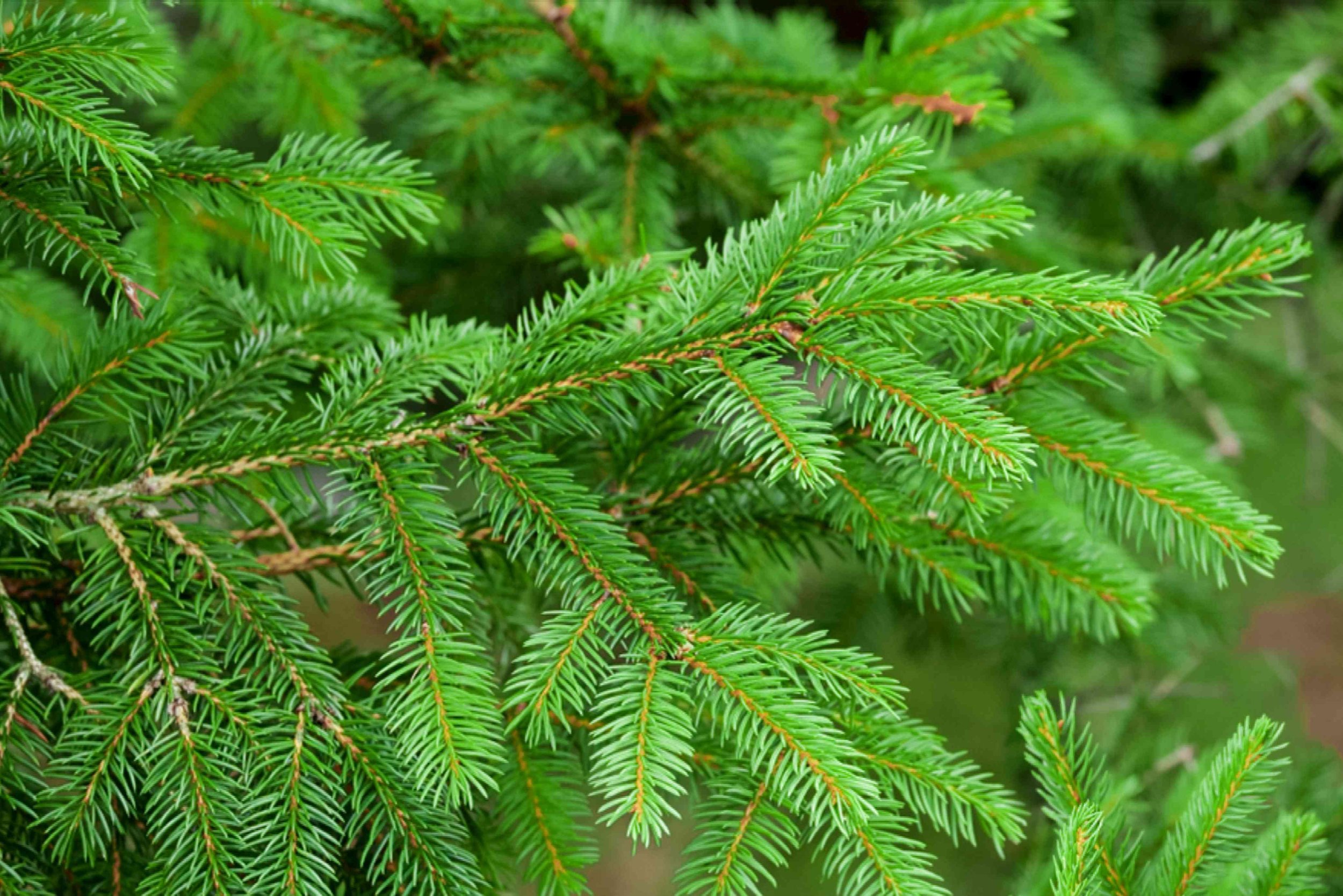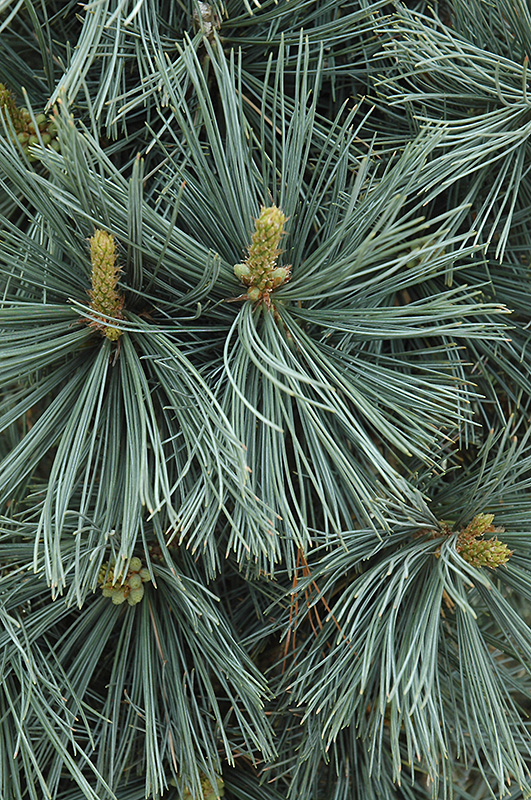
Extra Blue Limber Pine
Pinus flexilis 'Extra Blue'
Height: 45 feet
Spread: 35 feet
Sunlight:
![]()
![]()
Hardiness Zone: 3b
Description:
This handsome irregular pyrimidal pine is much bluer than the species; notable winter hardiness, also a good choice for urban conditions; rapid growing, its striking blue hue will stand out in any setting
Ornamental Features
Extra Blue Limber Pine is primarily valued in the landscape for its distinctively pyramidal habit of growth. It has attractive steel blue evergreen foliage. The needles are highly ornamental and remain steel blue throughout the winter. The shaggy gray bark adds an interesting dimension to the landscape.
Landscape Attributes
Extra Blue Limber Pine is a dense evergreen tree with a strong central leader and a distinctive and refined pyramidal form. Its average texture blends into the landscape, but can be balanced by one or two finer or coarser trees or shrubs for an effective composition.
This is a relatively low maintenance tree. When pruning is necessary, it is recommended to only trim back the new growth of the current season, other than to remove any dieback. It has no significant negative characteristics.
Extra Blue Limber Pine is recommended for the following landscape applications;
- Accent
Planting & Growing
Extra Blue Limber Pine will grow to be about 45 feet tall at maturity, with a spread of 35 feet. It has a low canopy with a typical clearance of 3 feet from the ground, and should not be planted underneath power lines. It grows at a medium rate, and under ideal conditions can be expected to live to a ripe old age of 100 years or more; think of this as a heritage tree for future generations!
This tree does best in full sun to partial shade. It prefers dry to average moisture levels with very well-drained soil, and will often die in standing water. It is considered to be drought-tolerant, and thus makes an ideal choice for xeriscaping or the moisture-conserving landscape. It is not particular as to soil type or pH. It is highly tolerant of urban pollution and will even thrive in inner city environments. This is a selection of a native North American species.

